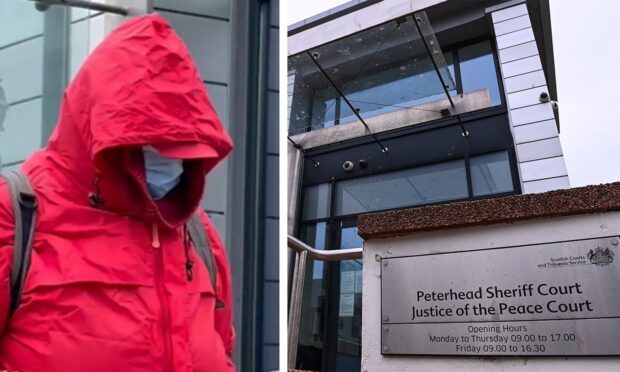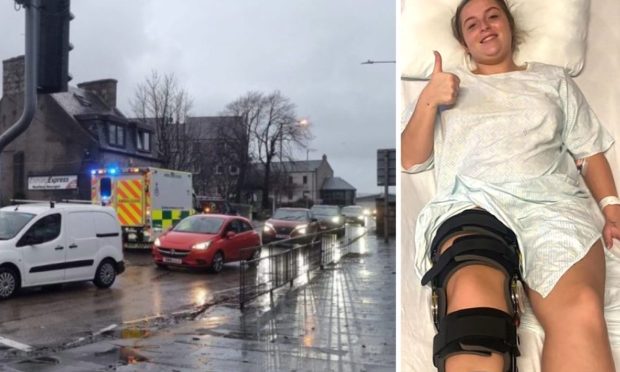An independent crash scene investigator has suggested dirty rain water could have played a factor in a fatal north-east crash.
Pauline Flynn is accused of causing the death of former art teacher Harry McPherson by driving carelessly, and veering into the wrong carriageway on the A952 Toll of Birness-Mintlaw road.
It is alleged she collided with Mr McPherson’s Vauxhall Corsa at Clola on October 3, 2014.
The 61-year-old died at the scene from his injuries, while his partner suffered serious leg and head injuries.
Flynn, 36, of Sutherland Close, Mintlaw, denies the charge and during her trial at Peterhead Sheriff Court this week, the jury heard she had told police that Mr McPherson was driving in the middle of the road.
The jury previously heard from the police’s crash investigation team, with Sergeant Kelly Manson telling them there had been no sign of contaminants on the road and that three gouges on the northbound carriageway indicated that Flynn was in the wrong lane.
But yesterday, the defence’s independent crash investigator James Brunton told the court he thought they were wrong.
Mr Brunton, a senior consultant at the Transport Research Laboratory in Edinburgh and a former police officer, suggested rain water from a nearby dirt track had affected the road surface and acted “like ball bearings”.
“It does not take a scientist to figure out some silt has been carried onto the road,” he said.
“That can’t be excluded as a possible causation factor.”
He also considered that the crash happened further north on the A952 based on the spread of debris.
He said: “You can’t discount anything.
“I can sit and I have more time than my colleagues – or ex-colleagues – in Police Scotland have to mull over and explore the case.”
He conceded, however, that his conclusion was not based on evidence the jury had already heard.
The jury will hear closing statements from both the Crown and defence on Monday, before they begin their deliberations.










